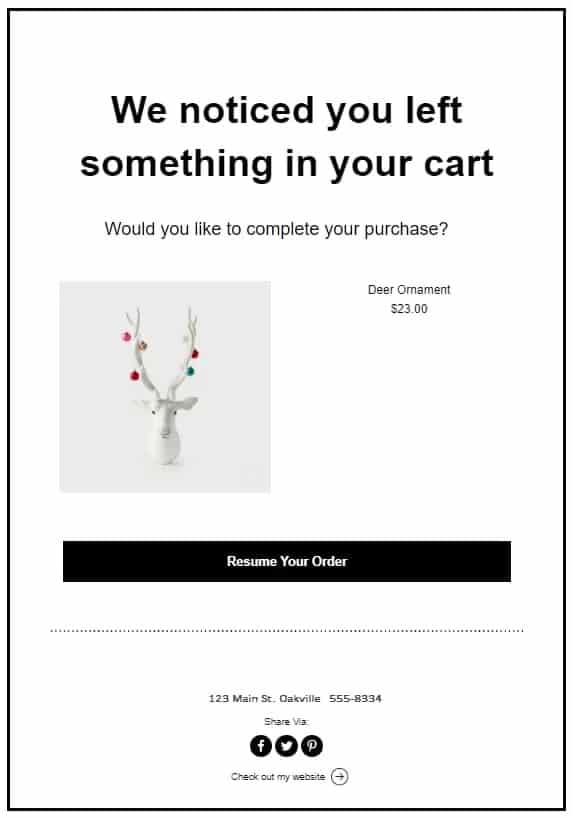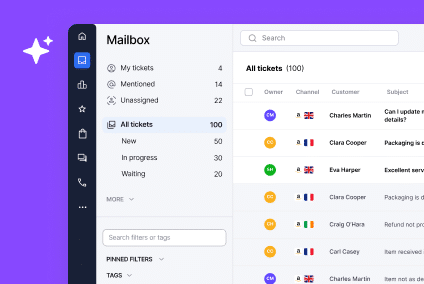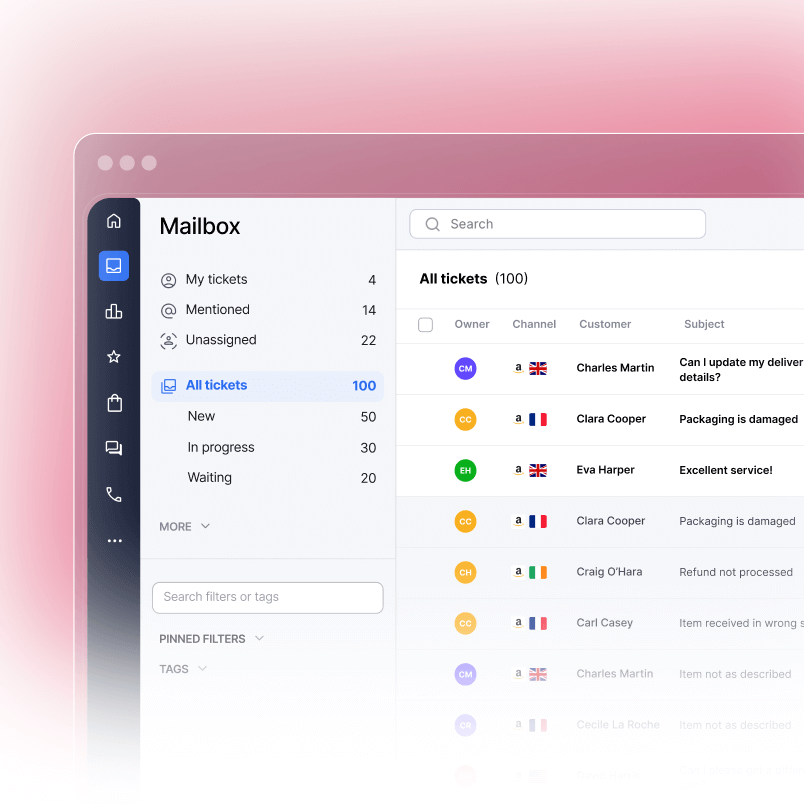Shopping cart abandonment remains one of the biggest challenges in eCommerce. It’s what happens when a shopper adds items to their cart but leaves before completing the purchase. The result: lost revenue and wasted acquisition spend.
What’s the average shopping cart abandonment rate in 2025?
According to Baymard Institute, the average cart abandonment rate is 70.19%. That means a staggering 7 out of 10 potential sales are lost at the checkout stage. This rate has remained consistently high, despite platforms evolving at speed.
Tracking this rate is crucial for online sellers. Most analytics tools (like Google Analytics or Shopify dashboards) allow you to calculate it using this formula:
Cart Abandonment Rate = (1 – Completed Sales ÷ Carts Created) × 100

Why do shoppers abandon their carts?
Here are the most common reasons (from Baymard Research):
- Extra fees like shipping and taxes (39%)
- Forced account creation (19%)
- Long or confusing checkout process (18%)
- Lack of trust or security concerns (19%)
- No express shipping options (21%)
- Website errors or crashes (15%)
To reduce cart abandonment in 2025, your brand needs to address these pain points across the customer journey. That’s why we’re sharing our top five tips below – make sure you stick around for the bonus tip too, which was just too good not to share with you.
1. Be upfront about shipping costs and fees
As much as it can be tempting to hide those little extras until later in the checkout process, transparency from the start is vital. 39% of shoppers abandon carts due to unexpected charges at checkout.
To reduce drop-off, here’s what to do:
- Offer free shipping thresholds or incentives
- Display estimated tax and delivery costs early
- Clearly communicate final pricing
Remember: 66% of US consumers expect free shipping, even on orders under $50.
2. Build trust with secure, flexible checkout options
In 2025, digital shoppers are savvier than ever. They expect fast, frictionless, and secure checkout experiences.
To establish trust:
- Use SSL and display trust badges
- Offer alternative payments (PayPal, Apple Pay, Klarna)
- Add real-time support coverage via live chat to answer pre-checkout questions
- Reduce perceived risk with clear return policies

3. Optimize for mobile to lower mobile cart abandonment
Cart abandonment is 10–15% higher on mobile devices (Statista, 2023).
Why? Poor design, slow load times, and small tap targets frustrate users.
Here’s what to do:
- Use responsive, mobile-first design
- Simplify form fields and reduce typing
- Consider building an app (especially for high-LTV customers)
51% of millennials prefer shopping via mobile apps. That’s a huge reason to make your store experience intuitive and seamless.
4. Streamline your checkout process
A complicated checkout process is one of the biggest obstacles to completing a sale. As part of your eCommerce checkout optimization strategy, streamline the experience by eliminating unnecessary steps, reducing form fields, and minimizing page loads.
The simpler and faster the checkout, the more likely shoppers are to convert.
Key tactics to reduce checkout friction are:
- Enable guest checkout
Use progress bars to show remaining steps - Auto-fill address and card data where possible
- Minimize page loads (e.g., one-page checkout)
- Add strong CTAs and visual cues
- Display delivery timelines early
Pro tip: Take it to the next level by offering chat via WhatsApp or Messenger, or leverage AI customer support.
5. Use data and testing to identify drop-off points
To truly understand why users abandon, you need to go beyond assumptions.
Tools that can help with this are:
- Google Analytics Funnel Reports
- Heatmaps (Hotjar, Crazy Egg)
- A/B testing of CTAs, layouts, and copy
- Customer surveys or exit polls
Look for pages with high exit rates or form abandonment. Adjust based on behavioral insights.
Bonus: Recover sales with abandoned cart emails and remarketing ads
Even with a well-optimized checkout, abandonment will still happen. Here’s how to recover those lost sales:
Abandoned cart emails
- 45% of abandoned cart emails get opened (Moosend)
- Set up email automation in tools like Klaviyo, Omnisend, or Mailchimp
- Send 1–2 follow-ups within 1–24 hours after abandonment
- Use urgency, personalization, and clear CTAs
To make it work, encourage users to log in or provide emails early in the checkout flow.

Remarketing ads
- Target users who visited product pages or abandoned a cart
- Use dynamic retargeting on Facebook, Instagram, TikTok, or Google
- Show the exact product they left behind
- Add a time-limited discount or reminder
Make sure to exclude converted users with burn codes so they no longer see these ads after converting, helping you avoid wasting your ad budget.
If you’re serious about sales, this tool is a no-brainer
From clear pricing to smooth checkout and smart recovery, you’ve seen what causes cart abandonment and how to fix it. But juggling all this without the right tools is tough.
That’s why we created eDesk. It streamlines support, automates responses, and helps you win back lost sales. Book a demo to see how eDesk can turn abandoned carts into loyal customers.




